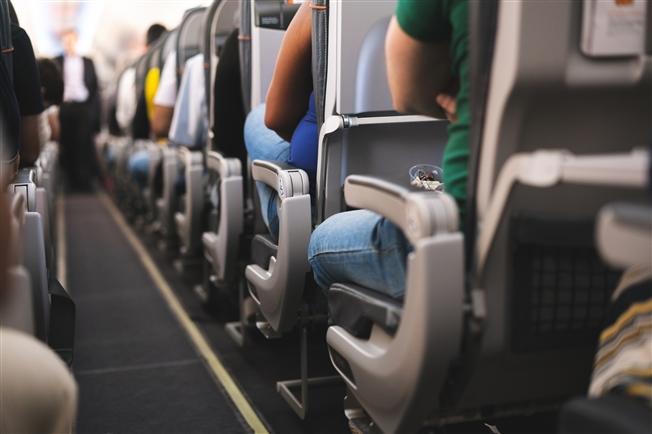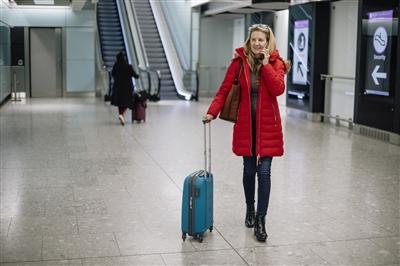How to prevent blood clots when flying

Perhaps you've seen headlines or heard a story through the grapevine that air travel has the potential to lead to blood clots. And, if you're planning an international vacation or are just looking at a few months of busy and frequent travel, you might be wondering: Should I be worried?
A blood clot—a condition known medically as deep vein thrombosis (DVT)—occurs when your blood cannot circulate properly through the body. It can happen at anytime, not just when you're in the air. In fact, any time you're seated for an extended period of time—like on a train or in a sedentary job—you are putting yourself at a greater risk for DVT. But some of the elements of air travel, like elevation and tight quarters, can factor into this risk.
However, even with these factors in mind, "the risk of developing a blood clot during air travel is relatively low," says Robert J. Meisner, MD, FACS, vascular surgeon at Main Line Health.
Your risk may be greater if you have a medical history of blood clots or varicose veins, are taking certain medications like estrogen-containing contraceptives or hormone replacement therapy, are pregnant or have had a surgery within the past 90 days. But generally, and in most instances, air travel won't lead to a life-threatening blood clot.
How do I know if I have a blood clot?

You should also be able to recognize the signs of a pulmonary embolism. A pulmonary embolism occurs when a piece of a blood clot separates or "breaks off" and travels to the lungs. This is a more emergent and life-threatening issue. Notify a member of your flight or train staff if you start to experience:
- Difficulty breathing
- An irregular heartbeat
- Chest pain or discomfort
- Lightheadedness
- Coughing up blood
- A general sense of anxiety
While pulmonary embolisms are also rare, recognizing these symptoms could save a life.
Tips to prevent blood clots when flying
Even though the risk for clots to develop is small, there are steps you can take to further reduce your risk.
"The best thing you can do to prevent blood clots is to move around frequently—take a walk down the aisle of your plane or train or stand up, if possible," advises Dr. Meisner. If you're confined to a car or don't have room to move around, try exercises you can do in your seat, like ankle rotations, pointing and releasing your toes and pulling your knees to your chest and releasing them. If you're really lacking space, make sure you take a few minutes to walk around and stretch whenever you reach your destination.

- Wear compression stockings when you're in the air, on a train, etc.
- Avoid crossing your legs
- Wear loose-fitting, comfortable clothing that is not restrictive
- Hydrate with water instead of alcohol, coffee or soft drinks
Talk to your health care provider before you fly
The best way to make sure you're safe to fly and are not an increased risk of DVT is to talk to your health care provider.
"If you're planning to take a trip that will require more than four hours' of travel with limited mobility, talk to your care provider first," says Dr. Meisner. "They can advise you on whether or not it is safe to fly and if there are any additional preventive measures you should take."
Main Line Health serves patients at hospitals and health centers throughout the western suburbs of Philadelphia. To schedule an appointment with a specialist at Main Line Health, call 1.866.CALL.MLH (225.5654).